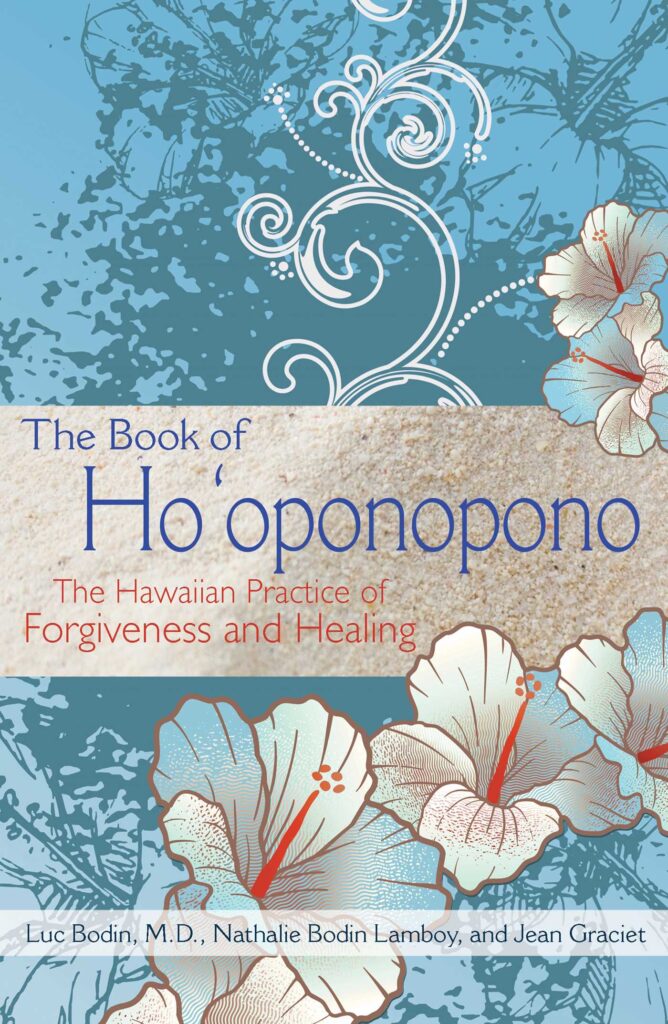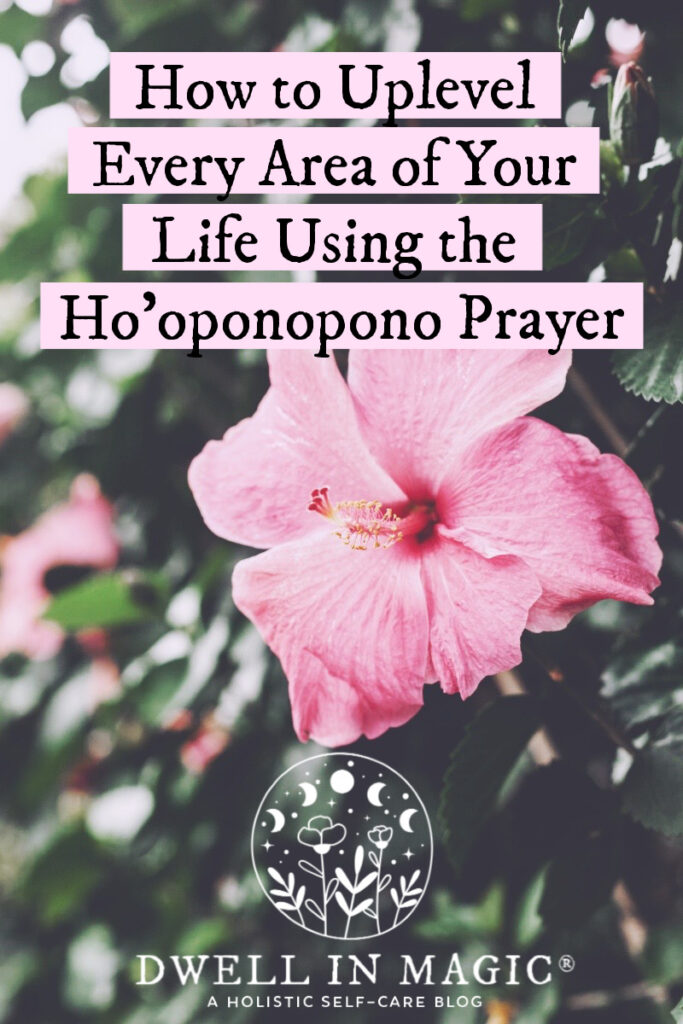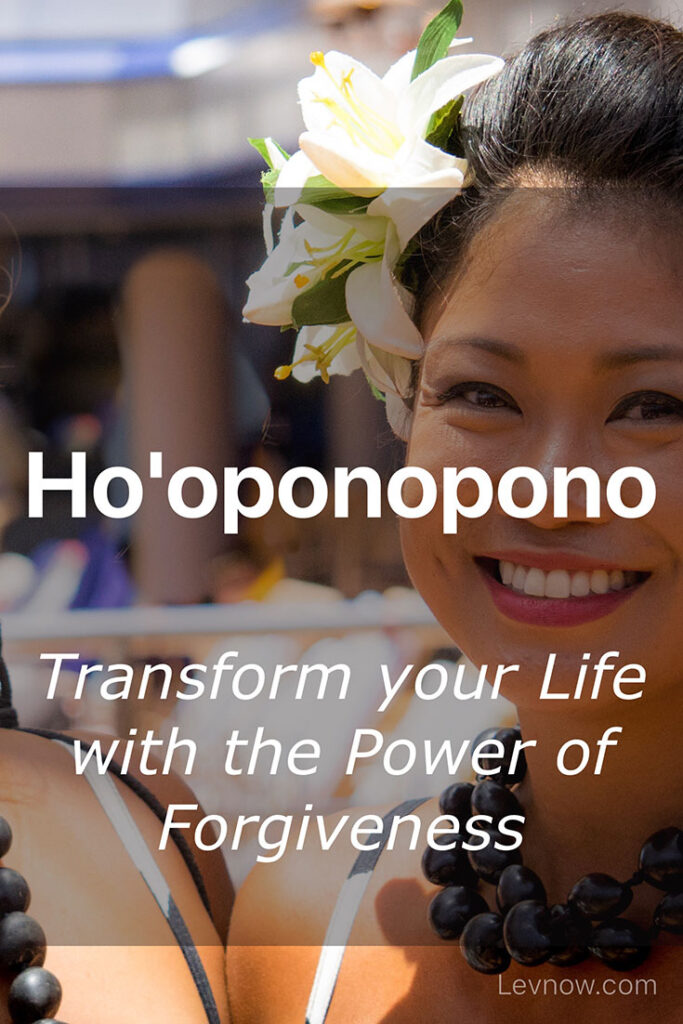I’m glad you asked! Ho’oponopono is a Hawaiian practice that focuses on healing and reconciliation. The main goal of Ho’oponopono is to help individuals achieve inner peace, harmony, and forgiveness. It’s a holistic approach that emphasizes taking responsibility for our thoughts, actions, and the consequences they have on ourselves and others. By practicing Ho’oponopono, you can learn to release negative emotions, heal relationships, and create a sense of balance and well-being in your life.
If you want to learn more about the primary goal of Ho’oponopono and how to incorporate it into your daily life, this article will provide you with detailed insights. You’ll discover the principles and techniques behind Ho’oponopono, as well as the benefits it can bring to your personal growth and relationships. So, keep reading to unlock the transformative wisdom of Ho’oponopono and embrace a more peaceful and fulfilling life.
Understanding Ho’oponopono
Ho’oponopono is an ancient Hawaiian practice that has gained popularity in recent years for its transformative abilities. This article delves into the origins, beliefs, and practices of Ho’oponopono, and explores its primary goal.
Origins and Meaning of Ho’oponopono
Ho’oponopono originates from Hawaii and has deep roots in the island’s traditional culture and spirituality. The word itself can be broken down into two parts: “ho’o,” which means to make, and “ponopono,” which means right or correct. Thus, Ho’oponopono can be understood as a process of making things right or correcting any imbalances.
Traditionally, this practice was used to restore harmony within families or communities. It involved coming together to address and resolve conflicts, disagreements, or any disharmony that might have arisen. Ho’oponopono was seen as a way to maintain healthy relationships and ensure balance and well-being for everyone involved.
Traditional Practices and Beliefs
In its traditional form, Ho’oponopono was led by a respected elder or spiritual leader who acted as a mediator. The process typically involved open and honest communication, sharing of grievances, and seeking forgiveness. It was believed that through this process, individuals could release negative emotions, repair damaged relationships, and restore peace and harmony within the community.
Modern Applications and Interpretations
In recent years, Ho’oponopono has been adapted to suit individual and personal growth. Many now see it as a self-healing and self-improvement tool. With its focus on personal responsibility and forgiveness, Ho’oponopono has become a popular practice for those seeking inner peace, emotional healing, and spiritual growth.
The Four Main Principles of Ho’oponopono
To better understand the primary goal of Ho’oponopono, it is essential to explore its four main principles.
Taking Responsibility for Your Own Reality
One of the core principles of Ho’oponopono is the belief that each individual is responsible for their own reality. This means acknowledging that our experiences, beliefs, and perceptions shape our world. By taking responsibility for our own reality, we empower ourselves to make positive changes and create a more harmonious and fulfilling life.
Expressing Gratitude
Gratitude is an integral part of Ho’oponopono. By expressing gratitude for the present moment and all that it brings, we cultivate a mindset of abundance and appreciation. Gratitude helps us shift our focus from what is lacking in our lives to what is already abundant, thereby fostering a sense of contentment and inner peace.
Seeking Forgiveness
Forgiveness plays a crucial role in Ho’oponopono. In this practice, forgiveness is not only sought from others but also from oneself. By acknowledging and releasing past hurts, grievances, and resentments, we free ourselves from the burden of negative emotions and create space for healing and growth.
Letting Go and Releasing Attachments
Another essential principle of Ho’oponopono is the art of letting go and releasing attachments. This involves surrendering our attachment to outcomes, expectations, and control. By relinquishing the need to control everything, we open ourselves up to the flow of life and allow for greater ease and abundance.

The Role of Forgiveness in Ho’oponopono
Forgiveness is a central theme in Ho’oponopono, and it plays a pivotal role in achieving the primary goal of this practice.
Understanding the Power of Forgiveness
Forgiveness is a transformative power that can bring healing, liberation, and restoration. By forgiving others and ourselves, we break free from the chains of resentment, anger, and pain. Forgiveness allows us to reclaim our inner peace and move forward with a lighter heart.
Healing Relationships Through Forgiveness
Ho’oponopono recognizes the profound impact that unresolved conflicts and strained relationships can have on our well-being. By seeking forgiveness and reconciliation, we create opportunities for healing and rebuilding trust with others. This process can lead to stronger and more fulfilling relationships.
Forgiving Oneself for Inner Transformation
Equally important is the act of forgiving oneself. Often, we carry feelings of guilt, shame, or self-blame that hinder our personal growth. Ho’oponopono encourages us to release these self-imposed burdens and to treat ourselves with love, compassion, and forgiveness. By forgiving ourselves, we empower ourselves to embrace personal transformation and self-acceptance.
Practices and Techniques of Ho’oponopono
Ho’oponopono incorporates various practices and techniques to help individuals achieve the primary goal of inner healing and growth.
Using Mantras and Affirmations
One common technique is the use of mantras or affirmations. These are simple, repetitive phrases that can help reprogram the subconscious mind and bring about positive change. One well-known mantra used in Ho’oponopono is “I’m sorry, please forgive me, thank you, I love you.” This mantra is recited with the intention of seeking forgiveness, expressing gratitude, and cultivating love and compassion.
Visualizations and Meditation
Visualization and meditation are powerful tools in Ho’oponopono. By visualizing a desired outcome or a state of healing, we bring it into our reality. Meditation helps us quiet the mind, let go of distractions, and connect with our inner selves. Through these practices, we can tap into our inner wisdom and access the healing energy within.
Cleaning Tools and Rituals
Ho’oponopono also includes various cleaning tools and rituals. These tools help individuals cleanse and clear negative energies and thoughts. One such tool involves mentally repeating the phrases “I’m sorry, please forgive me, thank you, I love you” as a way to cleanse and release any disharmony or negativity within oneself or towards others.

Ho’oponopono and Self-Healing
Ho’oponopono is often regarded as a powerful self-healing tool that can bring about profound transformation and growth.
Creating Inner Harmony and Balance
One of the primary goals of Ho’oponopono is to create inner harmony and balance. By addressing and releasing emotional baggage and negative thought patterns, individuals can achieve a greater sense of peace and well-being. Ho’oponopono empowers individuals to take charge of their own healing journey and to create a life that is in alignment with their authentic selves.
Releasing Emotional Baggage
Emotional baggage can weigh us down and prevent us from living our lives to the fullest. Ho’oponopono offers a pathway to release this emotional baggage by forgiving others and ourselves. By letting go of past hurts and grievances, we lighten our emotional load and open ourselves up to new possibilities and experiences.
Healing Physical and Mental Health Issues
Ho’oponopono is also believed to have the potential to heal physical and mental health issues. By addressing and releasing the root causes of these issues, individuals can pave the way for physical and emotional healing. However, it is important to note that Ho’oponopono should not replace professional medical or psychological treatment but can complement it.
Ho’oponopono and Manifestation
Manifestation is another aspect often associated with Ho’oponopono. By aligning with the universe and releasing blocks and limiting beliefs, individuals can co-create their desired reality.
Aligning with the Universe
Ho’oponopono teaches us to align our thoughts, emotions, and actions with the universe. By doing so, we become more receptive to the opportunities and experiences that are aligned with our true desires. This alignment allows us to manifest our goals and dreams with greater ease and flow.
Co-Creating Your Desired Reality
Through the practice of Ho’oponopono, individuals actively participate in co-creating their desired reality. By taking responsibility for their own thoughts, emotions, and actions, individuals can shape their experiences and attract what they truly desire into their lives. Ho’oponopono empowers individuals to become conscious creators of their reality.
Clearing Blocks and Limiting Beliefs
Ho’oponopono addresses the blocks and limiting beliefs that often stand in the way of manifestation. By identifying and releasing these blocks, individuals can open themselves up to the abundance and possibilities that exist within and around them. This clearing process allows for the manifestation of desired outcomes and experiences.

Applying Ho’oponopono in Daily Life
Ho’oponopono is not just a practice to be done in isolated moments, but a way of life that can be integrated into daily routines and interactions.
Practical Steps for Integration
To apply Ho’oponopono in daily life, one can start by cultivating awareness and mindfulness. This involves observing one’s thoughts, emotions, and actions and becoming more conscious of how they contribute to one’s reality. Practicing gratitude, forgiveness, and letting go of attachments in everyday situations can also be powerful ways to integrate Ho’oponopono into daily life.
Resolving Conflicts and Restoring Harmony
Ho’oponopono provides practical tools for resolving conflicts and restoring harmony in relationships. By taking responsibility for one’s part in a conflict, seeking forgiveness, and expressing gratitude for the opportunity to grow and learn, individuals can pave the way for healing and reconciliation. Ho’oponopono emphasizes the importance of communication, understanding, and compassion in resolving conflicts.
Fostering Compassion and Love
Central to Ho’oponopono is the cultivation of compassion and love. By practicing kindness, empathy, and forgiveness towards oneself and others, individuals can create a more loving and harmonious environment. Ho’oponopono encourages individuals to see the inherent divinity in themselves and others, fostering a sense of connection and unity.
Critiques and Controversies Surrounding Ho’oponopono
As with any practice, Ho’oponopono is not without its critiques and controversies. It is important to approach this practice with sensitivity and respect for its cultural origins.
Cultural Appropriation and Misinterpretation
Ho’oponopono is deeply rooted in Hawaiian culture and spirituality. As such, it is essential to approach it with cultural sensitivity and respect. The growing popularity of Ho’oponopono has led to concerns of cultural appropriation and misinterpretation. It is crucial for individuals to educate themselves and engage in this practice with an understanding of its cultural context.
Misguided Claims and Expectations
Ho’oponopono has gained attention for its seemingly miraculous claims and promises. It is important to approach this practice with a balanced perspective, recognizing that it is not a quick fix for all of life’s challenges. Ho’oponopono is a personal journey that requires commitment, self-reflection, and inner work.
Balancing Tradition and Modern Adaptations
Ho’oponopono has evolved and adapted over time to suit the needs and beliefs of individuals. While modern interpretations of Ho’oponopono may differ from its traditional practices, it is essential to honor the essence and intention behind this ancient Hawaiian practice. Balancing tradition with modern adaptations ensures that the core values and principles of Ho’oponopono are preserved.

Case Studies and Success Stories of Ho’oponopono
Numerous case studies and success stories have emerged, showcasing the transformative power of Ho’oponopono.
Personal Transformations and Healing Journeys
Individuals have reported significant personal transformations and healing through the practice of Ho’oponopono. From overcoming past traumas to finding inner peace and clarity, these stories highlight the profound impact that this practice can have on one’s life.
Improved Relationships and Communication
Ho’oponopono has also been credited with improving relationships and communication. By embracing forgiveness, compassion, and love, individuals have experienced stronger connections and deeper understanding in their interpersonal relationships.
Overcoming Challenges and Achieving Goals
Ho’oponopono has served as a powerful tool for overcoming challenges and achieving personal goals. By releasing limiting beliefs and aligning with their true desires, individuals have realized their dreams and aspirations. These success stories illustrate the potential of Ho’oponopono as a catalyst for personal growth and transformation.
Conclusion
The primary goal of Ho’oponopono is to restore harmony and balance within oneself and in relationships. Through the principles of responsibility, gratitude, forgiveness, and letting go, this practice offers a pathway to inner healing, personal growth, and manifestation. However, it is important to approach Ho’oponopono with cultural sensitivity and respect and to recognize that it requires commitment and self-reflection. By embracing Ho’oponopono as a path to healing, individuals can create a more harmonious and fulfilling life.

